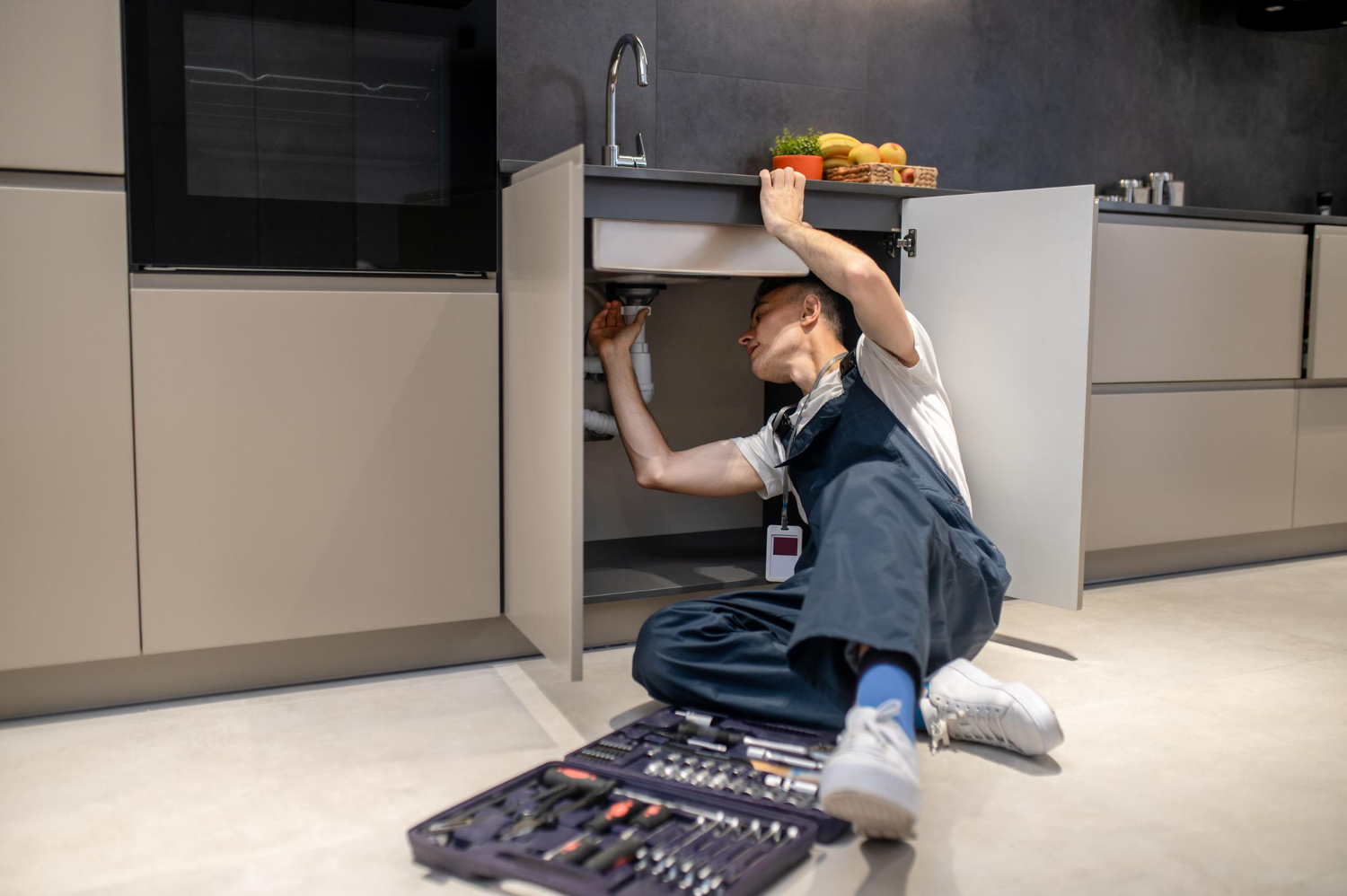Water leaks are one of the most common and damaging issues homeowners face. While some leaks are obvious, many occur in hidden areas, such as inside walls, under floors, or behind ceilings. These unseen leaks can cause significant water damage, mold growth, and structural issues if left untreated. Professional plumbers are trained to identify and address these hidden problems efficiently. Understanding how a plumber diagnoses leaks helps homeowners appreciate the tools, techniques, and expertise involved in protecting a home.
The Importance of Early Leak Detection
Hidden leaks often develop gradually, making them difficult for homeowners to detect without professional help. Left unattended, even small leaks can lead to large water bills, warped flooring, and long-term damage to building materials. A licensed plumber focuses on early detection to prevent these costly problems. By diagnosing leaks quickly, homeowners can address issues before they escalate, saving both money and stress.
Visual Inspections and Clues
The first step a plumber often takes is a thorough visual inspection. While hidden leaks are not always visible, certain signs can indicate their presence. These include water stains on walls or ceilings, peeling paint, damp carpets, mold growth, and unusual odors. Even minor discoloration or water accumulation around fixtures can provide valuable clues. Plumbers combine these visual cues with professional judgment to determine where further investigation is necessary.
Using Advanced Detection Tools
Once a potential leak is suspected, a professional plumber uses specialized tools to pinpoint its location accurately. These tools are far more advanced than what a typical homeowner might have on hand. Some commonly used devices include:
- Moisture meters to detect hidden dampness in walls, floors, and ceilings
- Thermal imaging cameras to identify temperature changes caused by water
- Acoustic listening devices to pick up sounds of dripping or running water behind walls
- Pressure testing equipment to reveal drops in water pressure that indicate leaks
- Video inspection cameras that can be inserted into pipes to locate internal cracks or blockages
These tools allow plumbers to diagnose leaks without unnecessary demolition or guesswork, making the process more efficient and less disruptive.
Pressure Testing and Isolation
A critical method for detecting hidden leaks involves pressure testing. A plumber can temporarily isolate sections of a plumbing system and measure water pressure. If the pressure drops unexpectedly, it indicates a leak in that section. This method is particularly useful for detecting leaks in underground pipes or complex networks that are not easily accessible. Pressure testing ensures that the exact location of the leak is identified, allowing for precise repairs.
Thermal Imaging and Moisture Mapping
Thermal imaging has become an invaluable tool in modern plumbing. Hidden water often affects the temperature of surrounding materials. By using thermal cameras, a plumber can detect areas of moisture even if no visual signs are present. Moisture mapping techniques further help to understand the extent of water spread, which is essential for preventing mold and structural damage. Combining these tools with experience allows plumbers to identify issues that would otherwise remain hidden for months or years.
Pipe Camera Inspections
In cases where leaks occur inside pipes, video inspection cameras are particularly effective. These small, flexible cameras can travel through pipes to detect cracks, corrosion, or blockages. A plumber can observe real-time footage and make informed decisions about repairs or replacements. This technology reduces the need for extensive excavation or removal of walls, making leak diagnosis faster and more accurate.
Signs Homeowners Can Monitor
While professional diagnosis is essential, homeowners can also watch for early warning signs. Some indicators of hidden leaks include:
- Unexpected increases in water bills
- Musty odors or mold in certain areas
- Warping, buckling, or staining of walls and floors
- Constant dripping sounds when no water is running
- Water pooling around baseboards, fixtures, or ceilings
Noticing these signs early can prompt homeowners to call a licensed plumber before minor issues become major problems.
Conclusion
Hidden leaks are among the most insidious threats to a home, often causing significant damage before they are detected. Professional plumbers use a combination of experience, visual inspections, and advanced tools—such as moisture meters, thermal cameras, pressure testers, and video inspection cameras—to locate and assess these leaks accurately. By diagnosing problems early, a plumber can prevent costly water damage, protect the structure of the home, and maintain a safe living environment. Homeowners who understand the value of professional leak detection are better equipped to address plumbing issues promptly and effectively, ensuring their homes remain safe, efficient, and well-maintained.


